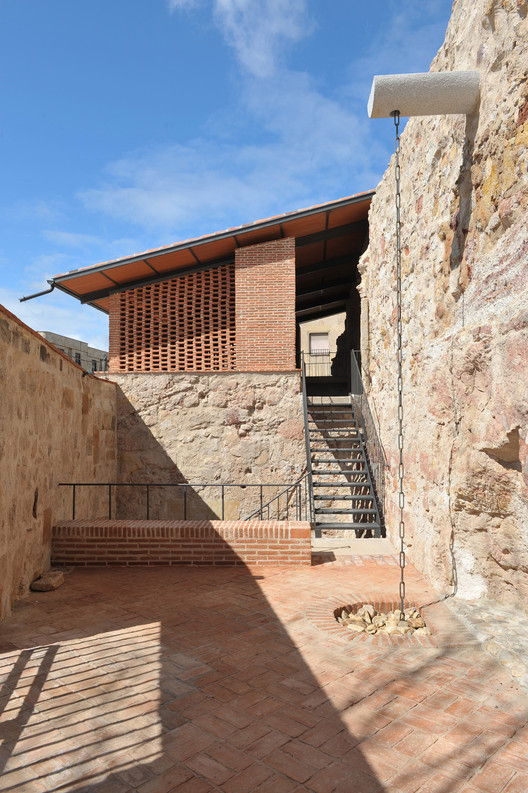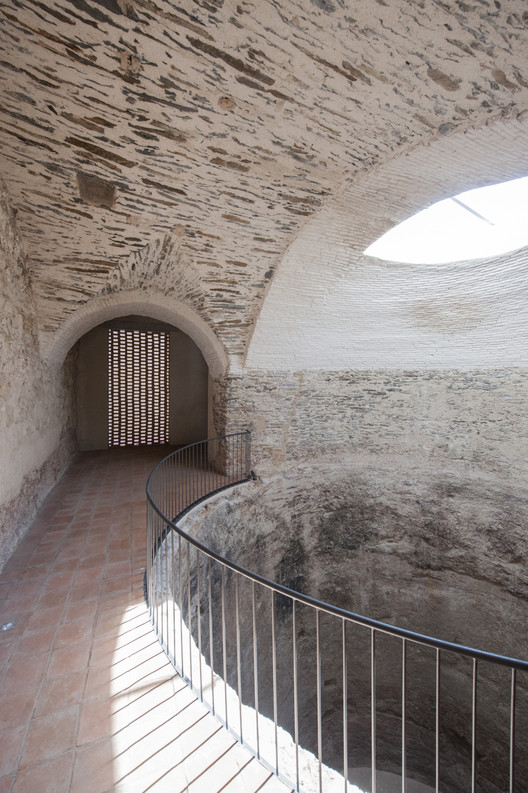
-
Architects: Sánchez Gil Arquitectos
- Area: 1025 m²
- Year: 2018
-
Manufacturers: AutoDesk, TEJAS BORJA, Cantera Sanchón, Ladrillo Pacheco Horcajo-Medianero
-
Lead Architects: Emilio Sánchez Gil, Fernando Sánchez Cuadrado, Emilio Sánchez Cuadrado

Text description provided by the architects. The convent of San Andrés was one of the most praised buildings in Salamanca until its destruction in the mid-19th century. Only small service units attached to the main construction have survived to this day, consisting of a trade house with sheds and a notable ice pit, built during the 18th century. Given the general deterioration and the wish to incorporate the existing remains into the city's tourist offer, the project is drafted, with the aim of integrating the various existing disconnected elements into an orderly, logical and attractive route: the ice pit, a section of the wall, the sheds, the rest of the northeast tower of the convent and access to the underground galleries. Ceramic materials were chosen to be used as a conductive thread, in the form of tiles, bricks in floorings and lattices and roof tiles, as this is the pre-existing material that has been preserved in some areas, endowed with great expressive value and reflecting a long tradition.



























